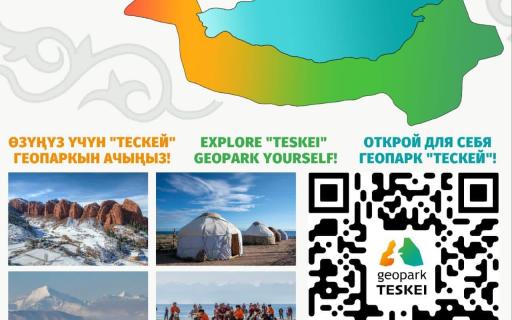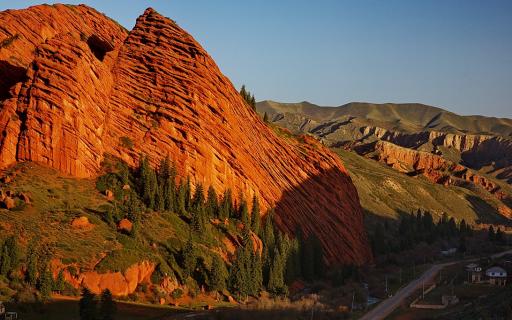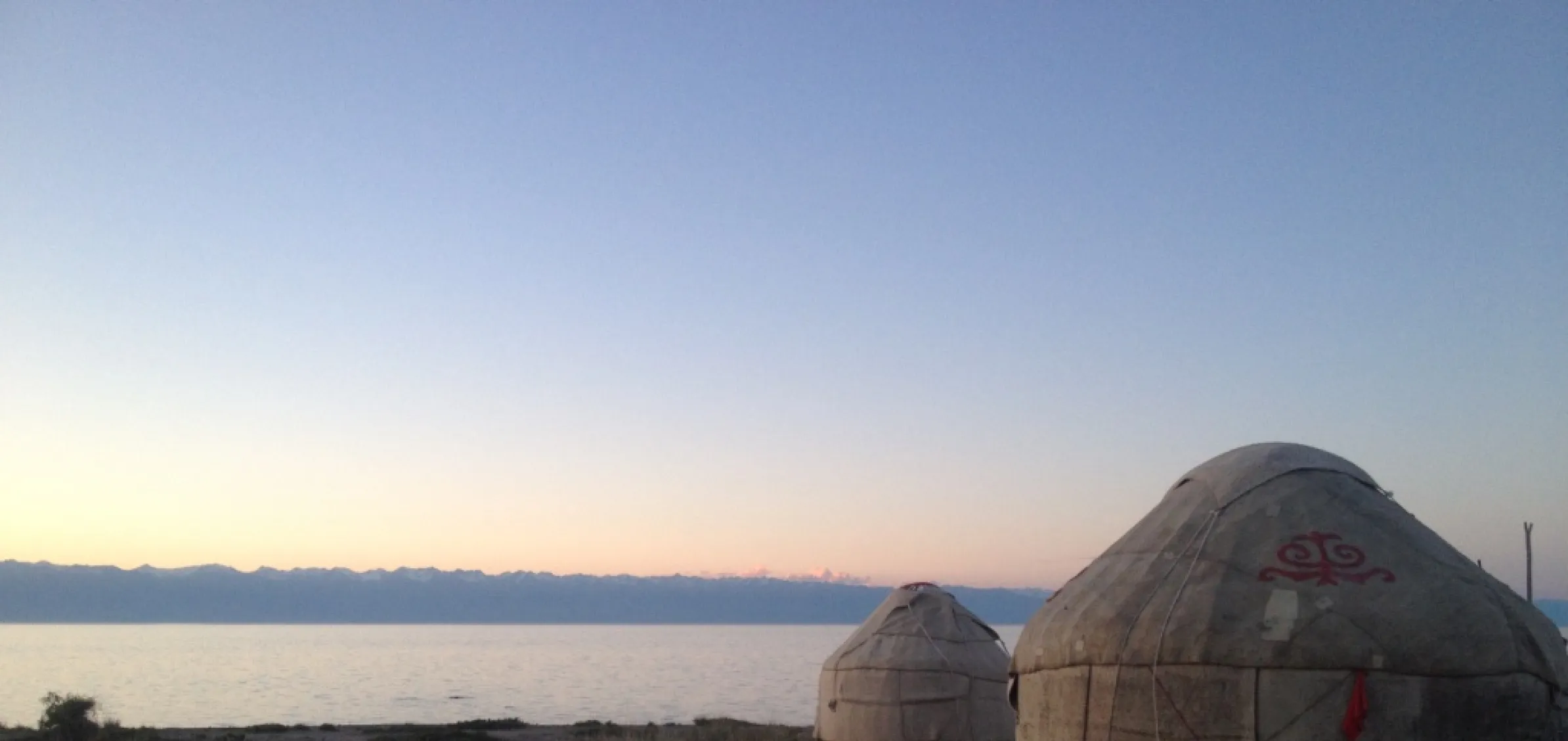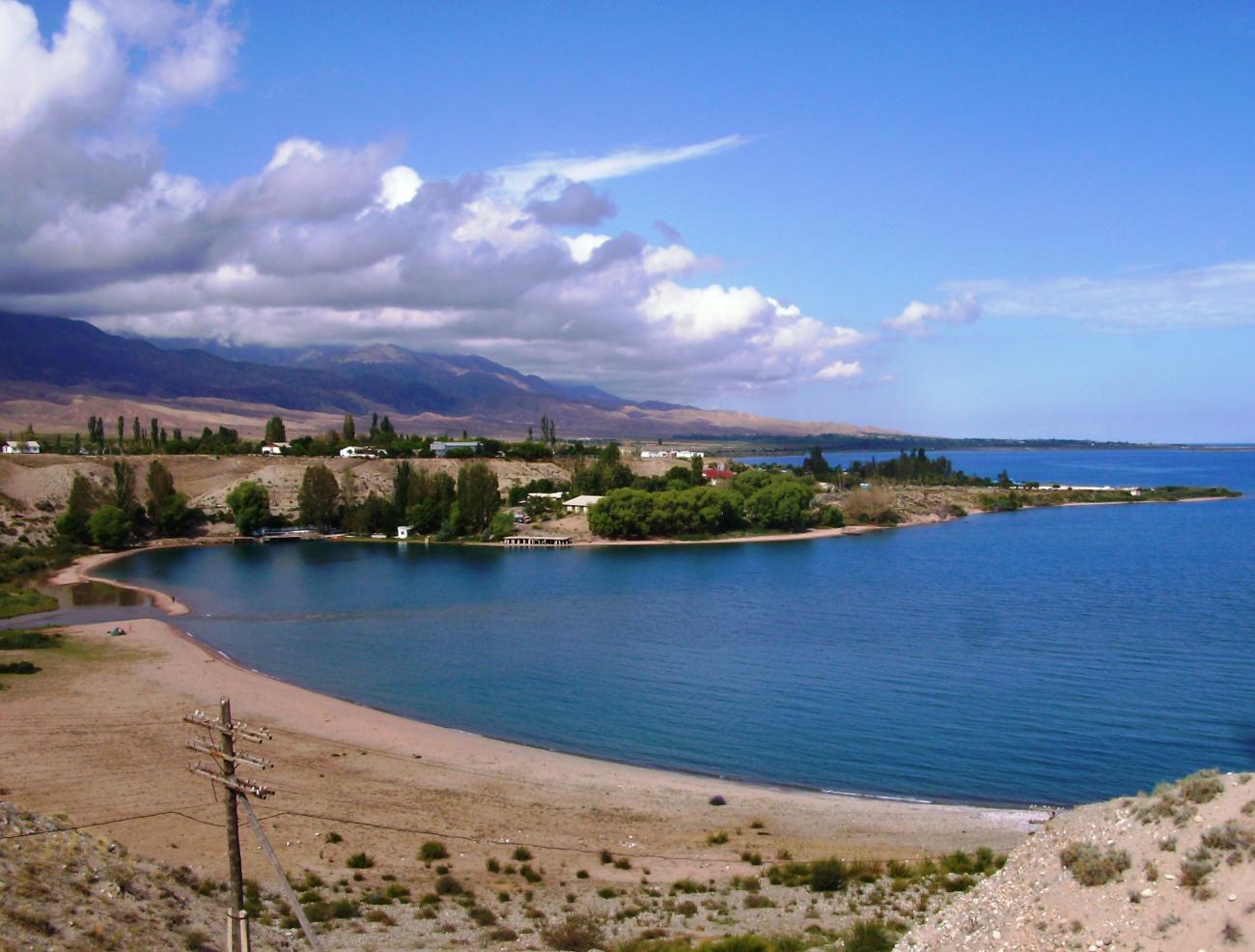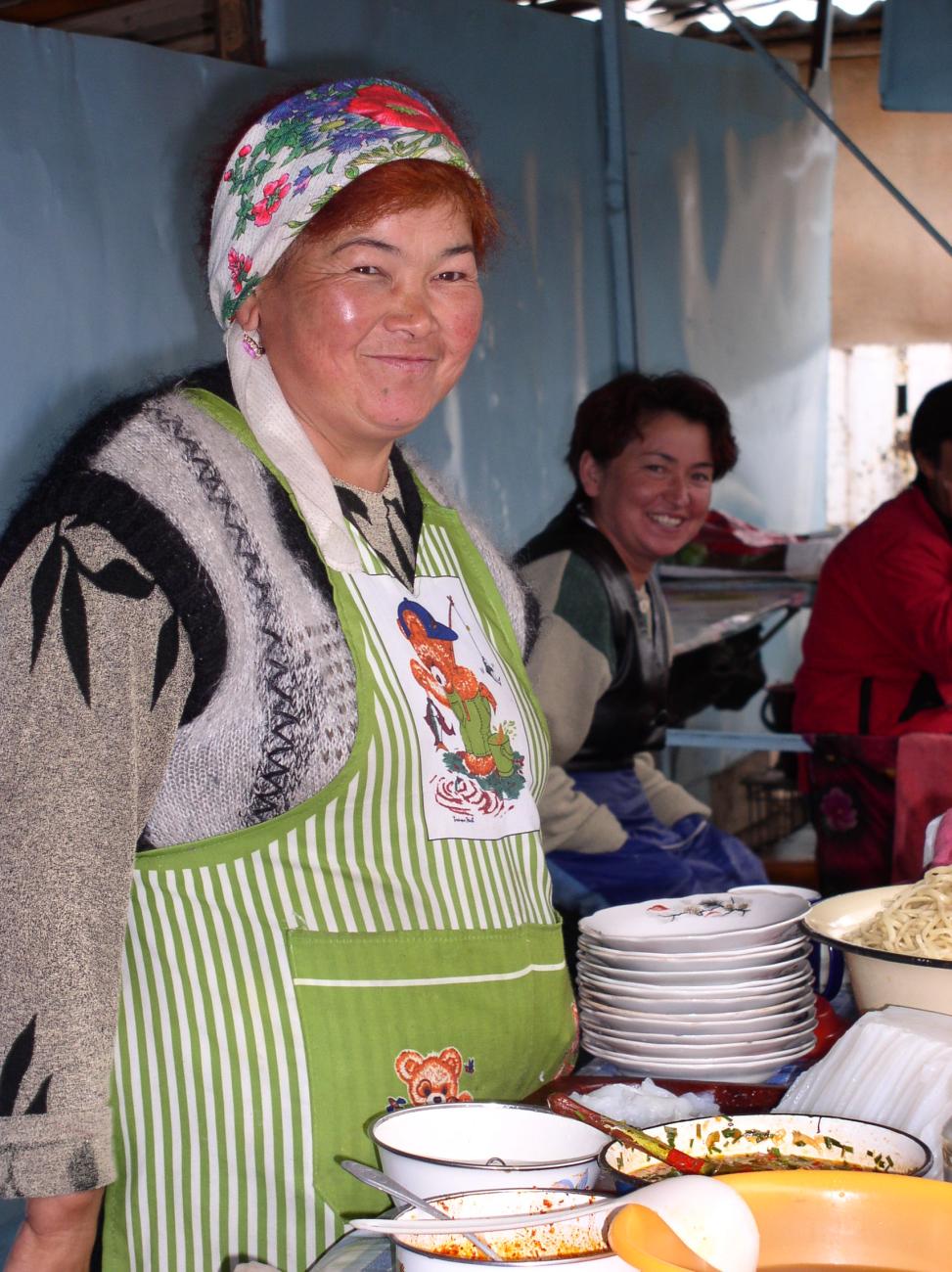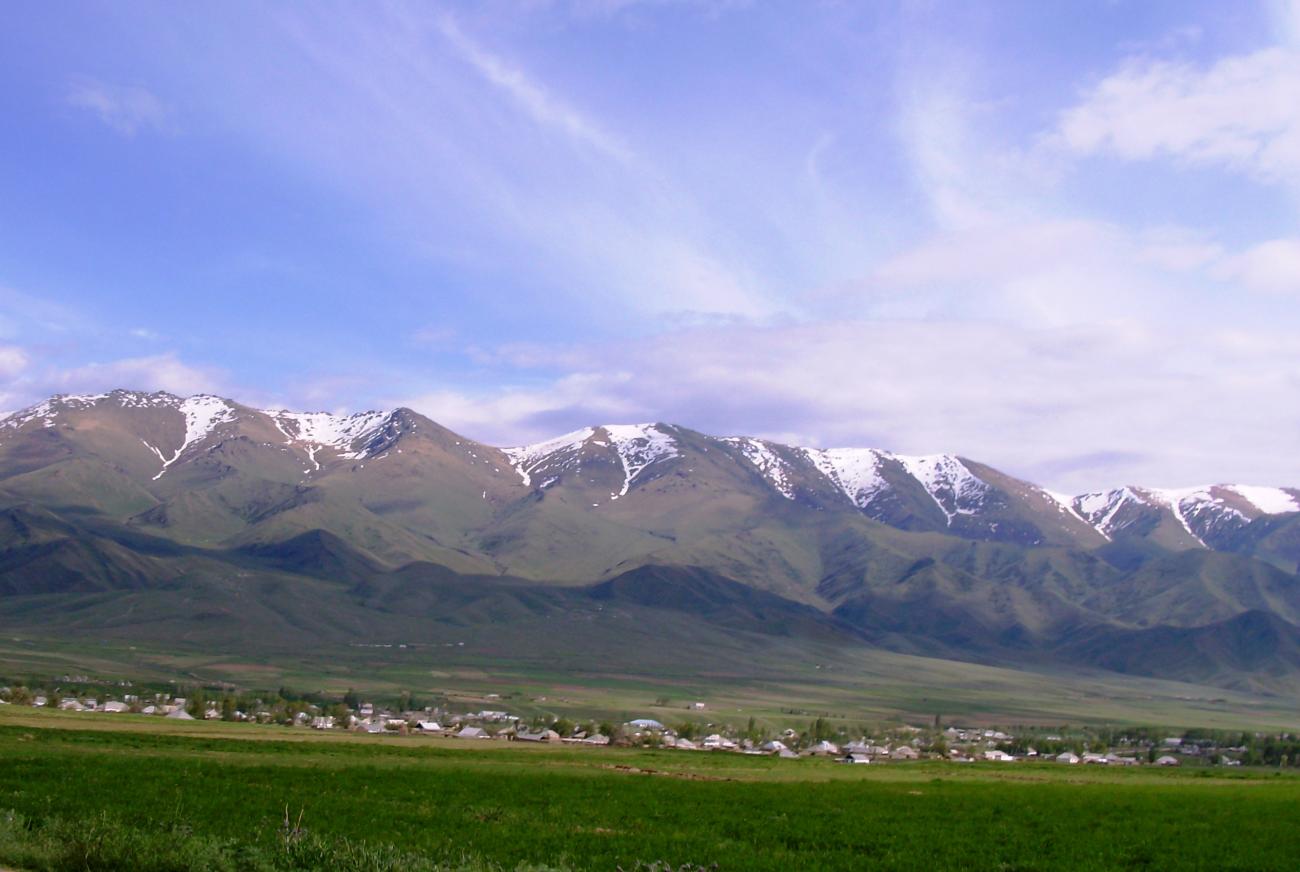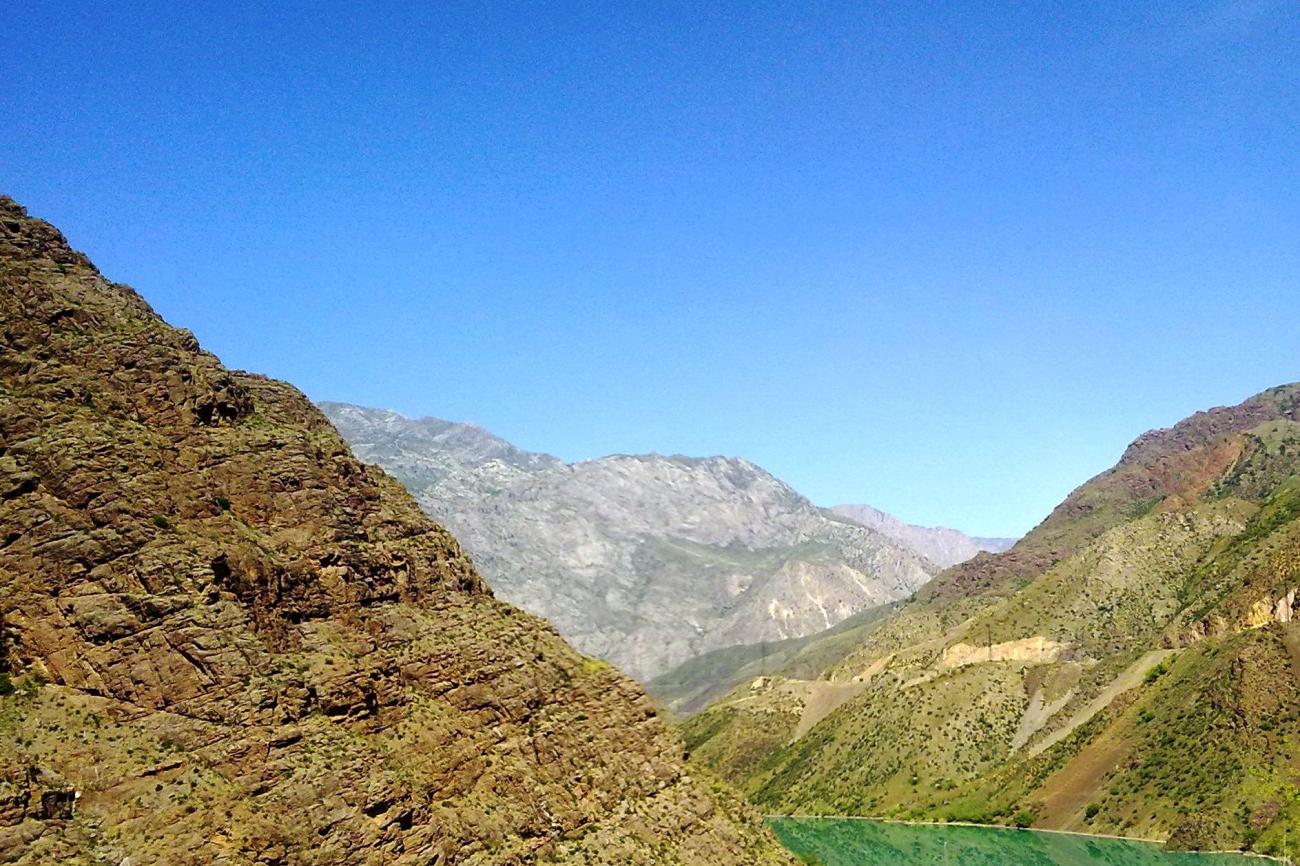Most beautiful sights of Kyrgyzstan
A cultural program around east and west region of Kyrgyzstan.
10 Days • Discovery tours • Kyrgyzstan
2 people: $1,443
1 people: $2,468
3 people: $1,114
4 people: $949
5 people: $855
6 people: $785
7 people: $740
8 people: $705
9 people: $675
10 people: $655
Program

Bath at Issyk Ata hot pool; visit of Burana tower; National park of Chong Kemin
Morning tour around the Issyk Ata valley and its hot springs, visit of the Burana tower at the archaeological site of Balasagun, ancient city on the Silk Road (XI c.). Afternoon, transfer to the National Park Chong Kemin. Visit of the Chabdan Batyr park, he was a former, Kyrgyz hero. Cultural Evening organized by the regional ecotourism association in the village of Karol Doeboe. Night in homestay (CBT Chong Kemin)
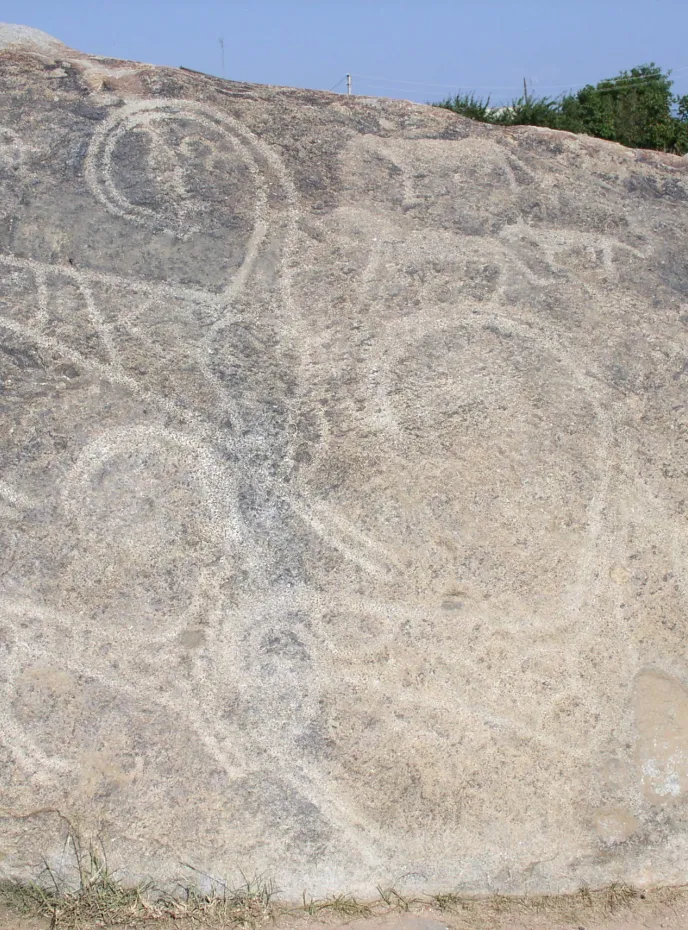
Transfer from the valley Chong-Kemin to Karakol
Transfer to Karakol. We drive to Lake Issyk-Kul, the second largest mountain lake in the world after Titicaca. The lake is 1608m, and never freezes. Visit petroglyphs Bronze Age. Following road Karakol. Overnight in guest house.
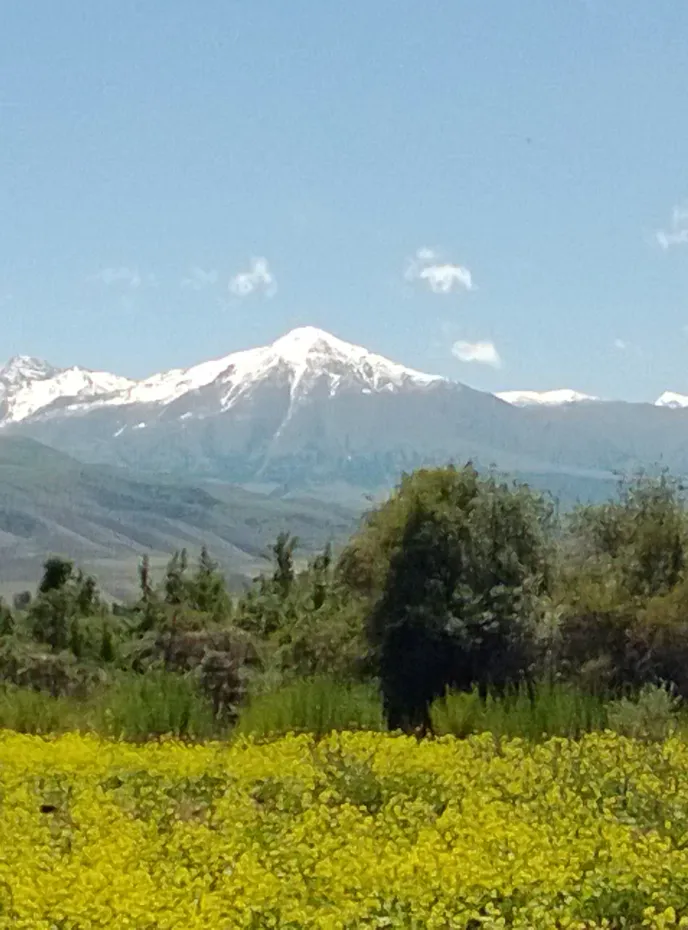
Road from Karakol to Tamga
In the morning, visit of the Jeti Oguz valley. Horse ride to the Chon Kyzyl-Suu (1-5 hours optional). Picnic in the mountains. Moving into the gorge Jukuuchak for bathing in warm sources. Transfert to Tamga. Accommodation at the guest house.
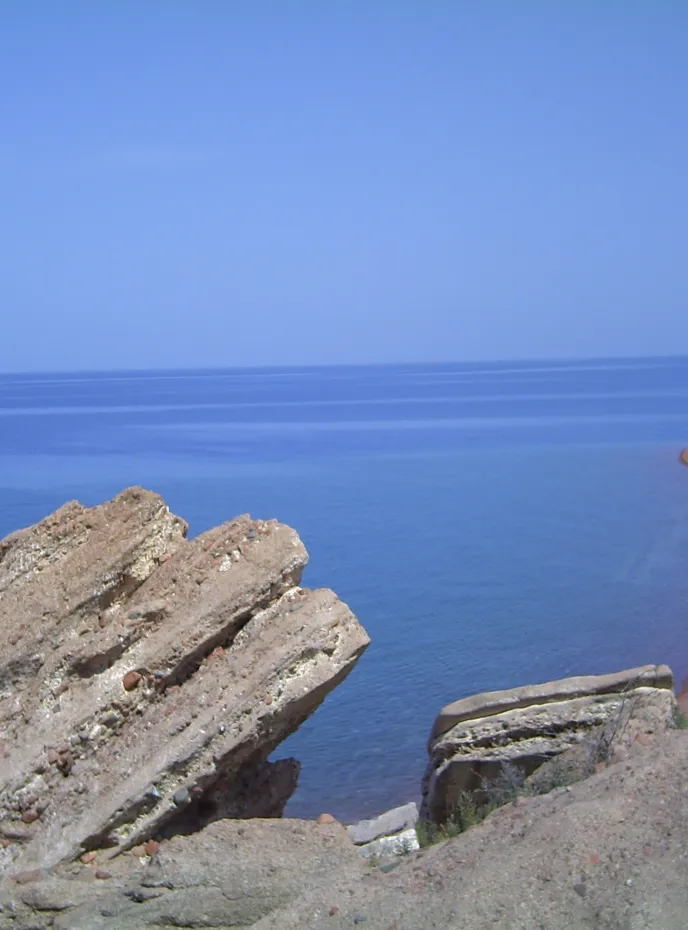
Road to Jumgal valley by the shore of Issyk Kul and visit of Kochkor
In the morning short walk in the Fairy Tale canyon, then visit a falconer (optional : show the training with Golden Eagle). Continue the road, and visit the manufacturer yurts in the village of Kyzyl-Tuu. Lunch at Kochkorka. A visit the handicraft center. We will pass on the pass Kyzart 2650m. Arriving in the village Kyzart. Night in homestay.

Day drive accross the Jumgal valley to the Kekemeren canyon
A day drive in the losted valley of Jumgal, the road is in bad condition even if a new road is under construction linking Issyk Kul with Jalal Abad. Mountains are covered by high pastures, there are no forest. The climate is too cold in winter, so mostly of the agriculture is based on growing potatoes or grass for cattle. After Chaek, the road will link the road coming from Suusamyr. We will then drive through the colorful canyon of the river Kekemeren. Arriving in the village of Kyzyl Oy, walk in the village, meeting with locals. Dinner and overnight in homestay.
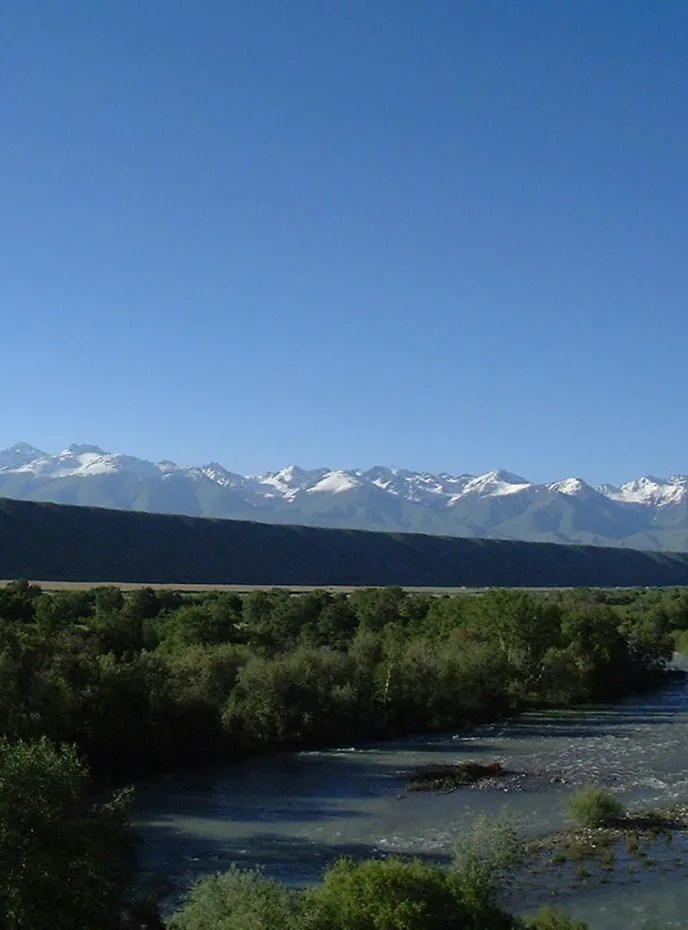
Driving to Toktogul
In the morning we continue to drive to the main road connecting the two major cities of Kyrgyzstan: Bishkek-Osh. The scenery is stunning and varied. On the way stop at the village of Kojomkul, hero of the 20th century. After crossing the Ala-Bel pass, we drive into the Chychkan canyon. Dinner and overnight in a local family.
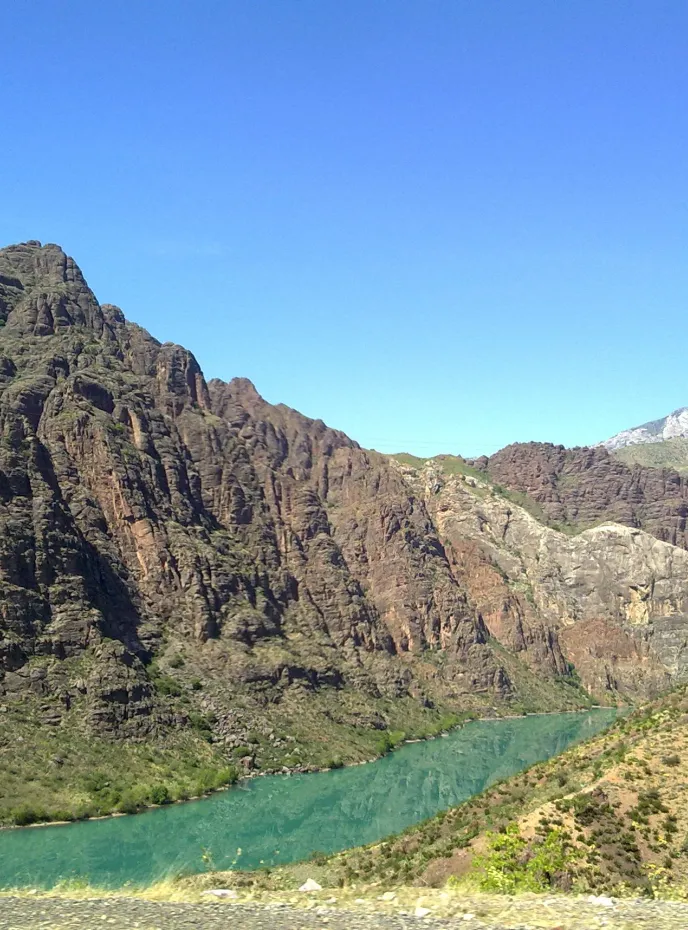
Day driving to Arslanbob village.
Transfer to Arslanbob. Driving up to the Toktogul Dam. Picnic on the shore of the reservoir. then getting to the canyon raising over the Naryn River. On the main highway Osh-Bishkek drive to the Fergana Valley. Dinner in Djalal - Abad. Setting off for great walnut forests. Visiting a small waterfall sacred for local people. Overnight in homestay.
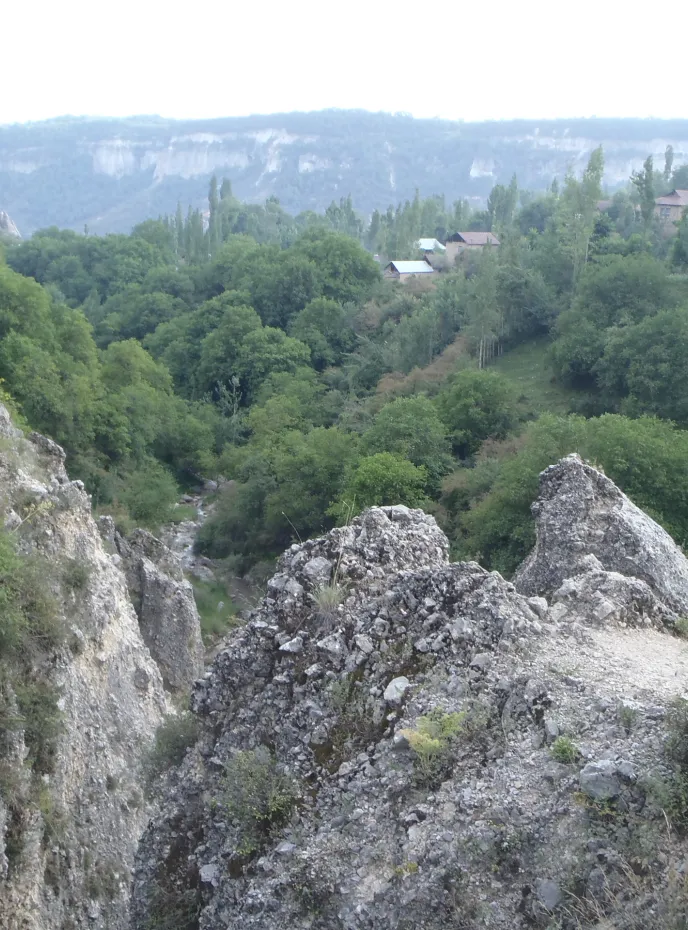
Day hiking in the originel nuts forest of Arslanbob
Today we walking through the village to reach the waterfall. Picnic at the foot of the waterfall. During the afternoon, stroll in the forest of walnut. Night and meals in homestay in Arslanbob.

Drive to Osh
To the West, cotton fields, the Fergana Valley welcomes us warm. Early departure of Arslanbob to Osh, Uzgen stop and visit of the minaret and mausoleums of the eleventh century. Then transfer to Osh. Visit of the city of Osh, the mausoleum of Babur and the throne of King Solomon. Overnight in guest house.

Morning flight to Bishkek and visit of the Kyrgyz capital
Early morning departure to the airport. Morning flight to Bishkek. Transfer into a guest house. Visit the Kyrgyz capital. Discovery of Osh market; walk in the park downtown. Evening and late dinner since leaving for the airport will take place in the middle of the night.
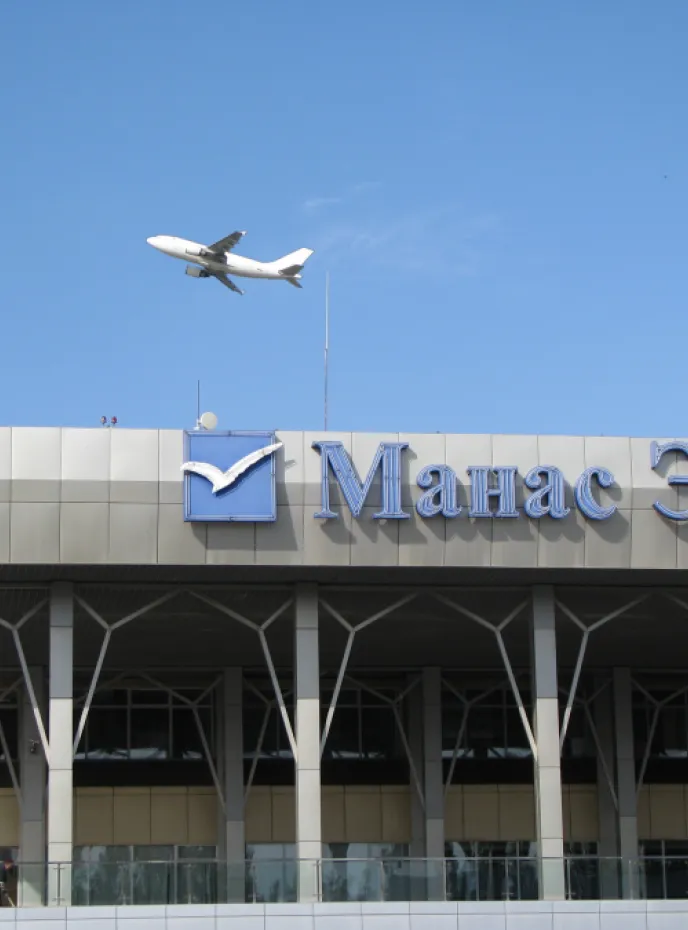
Transfer from Bishkek to Manas International Airport.
Depending on your flight time, your guide will join you to the airport and help you check in for your flight. If your flight is later in the day your guide will show you more places in Bishkek before your flight. We hope you enjoyed your trip to Kyrgyzstan and we hope you come back again to explore other counties in Central Asia with us.
Very good and flexible organisation ! NIce proximity with local persons. Top guides !
We had a wonderful 15 days in Kyrgyzstan and wholeheartedly recommend Nomad's Land to anyone the country would tempt - and believe us it is worth it! The team is as competent as it is cheerful and dynamic, with a real desire for ecotourism (it's not just marketing at home and that's a pleasure) and exploring off-track trails. We were able to walk the Kyrgyz mountain trails alone in the world, at our (good) walking pace and having the impression of being Kyrgyz for a little while in our life. A huge thank you to all the team who greatly contributed to such a success of our trip, we hope to have the chance to come back to see you one day!
On your way
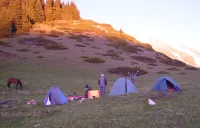
Chong Kemin National Park KG
This park encompasses the entire Chong Kemin Valley. There are many trails still virgin or almost.
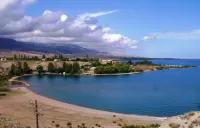
Tamga KG
This is a small village on the South shore of the Issyk Kul lake.
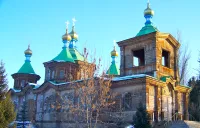
Karakol KG
At the eastern tip of Lake Issyk-Kul, Karakol is a fertile garden town of wooden chocolate-box cottages and shady, poplar-lined avenues.
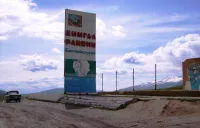
Jumgal KG
Small village located 68 km from Kochkor on the road to Chaek.
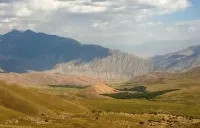
Kyzyl Oy KG
A small village in the heart of the Kekemeren canyon, with red rocks landscape.
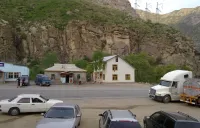
Toktogul KG
The town of Toktogul is located in the district of Jalal-Abad, Kyrgyzstan, along the dam Toktogul.
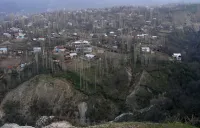
Arslanbob village KG
Arslanbob (written also Arstanpap or Arslanbap) is a wide village in the mountain, north of the city of Jalal Abad.
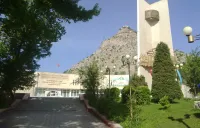
Osh KG
Osh, the second largest city of the Kyrgyz republic, is one of the oldest settlements of Central Asia.
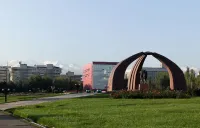
Bishkek KG
Bishkek is one of the greenest cities in Central Asia. About 150 different kinds of trees and bushes are planted in the streets of the city.
Info
What is included
-
All transportation in a private vehicle
-
All airport transfers
-
Accommodation as described in the program
-
Meals (3 per day)
-
Bottled water & tea
-
English-speaking guide
-
All the activities listed in the program
-
Entry fees at national parks and/or border zones listed in the program
-
Entry fees at museums and historical sites listed in the program
-
Domestic flights mentioned in the program
-
A contribution to our sustainable development projects
-
Organisation of the trip & local taxes
What is not included
-
International flights
-
International banking fees (PayPal, ...)
-
Travel & repatriation insurance
-
Visas / LOI (if applicable)
-
Alcoholic and soft drinks
-
Personal expenses
-
Additional costs due to unexpected personal events (health, loss of luggage, ...)
-
Tips for guide & driver (always optional, always appreciated)
Ready to go?
Book your tour today.
May we help you?
Our trip designers are at your disposal for building your dream! Feel free to contact us.
- Postal address
-
Bishkek, Kyrgyzstan
- Phone number
Looking for a taylor-made experience? Check our trip planner.
Ecotourism projects
Through various ecotourism projects and initiatives, Nomad's Land aims to increase awareness of ecotourism and responsible travel, for a sustainable development of the tourism sector.

Ayana Zholdoshbek
